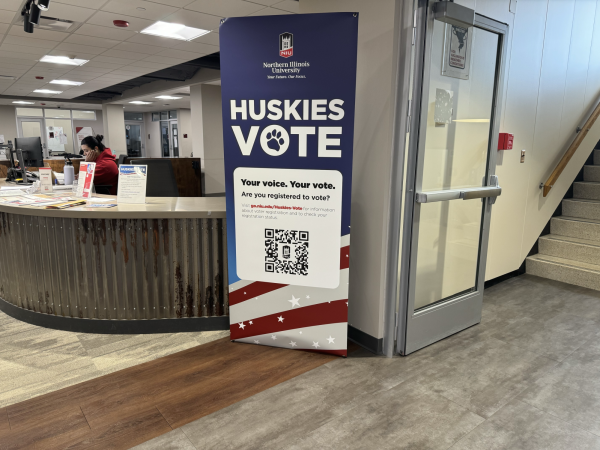Graduation rate for Latinos remains low
December 2, 1993
Despite an increase in Latino enrollment, their graduation rates are still low.
According to a Nov. 5 article in the Daily Herald, Latino enrollment has increased 84 percent from 472,000 in 1980 to 867,000 in 1991.
The article also states in 1990, 28 percent of Latinos 25 years and older had attended college, but only six percent had received degrees. Forty-seven percent of all other minority groups 25 years and older attended college, with 14 percent receiving a degree.
In 1991, Latino high school completion rates were the lowest among all minority groups.
“Historically, Hispanic students have not had the kinds of opportunities more traditional college students have had in terms of their pre-college preparation,” said Diana Natalicio, president of the University of Texas-El Paso.
Michael Gonzales, director of the Center for Latino and Ltin American Studies, said these low graduation rates may be attributed to three main problems.
One problem is determining whether the Latino students who do not graduate are first generation college students from a Spanish-speaking home.
“Language is a key issue,” Gonzales said. If a student is used to speaking Spanish, it is difficult to make the transition to an English-speaking university.
The student might find it difficult to understand the lectures, read the textbooks and, worst of all, to express themselves, Gonzales said. He said there are not enough resources to offer English as a second language course.
“The demand is high, but there are not enough teachers available and the pay is low for those who are interested,” Gonzales said.
Gonzales also attributes low graduation rates to a feeling of isolation some Latino students may feel at NIU. He said it might take students a while to find out what programs are available to them.
One program Gonzales said is important in alleviating feelings of isolation is the peer mentoring program sponsored by University Resources for Latinos (URL). He said this is a good program, but students have no incentive to become mentors because they do not get paid.
Another vital part of making Latino students feel welcome is orientation, he said.
Gonzales said the third problem is a lack of role models for Latino students. He said there needs to be more Latino faculty and administration members.
“Students need to know that people with a similar background have made it,” Gonzales said.
He suggested continuing successful programs, allowing the students to voice their needs to the administration, beginning a support group and offering a writing clinic as possible ways to improve graduation rates.
Gonzales is hopeful for the future, though. “The last statistics I saw suggested the situation was improving.”
George Gutierrez, director of URL, said the trend at NIU has been going up. He said this year, 40 percent of Latino students are graduating as compared to 25 percent in the last five years.
Gutierrez said it is important to work hard with students, beginning with their orientation to NIU. He said he tries to meet with students and parents over the summer and encourage them to take advantage of the services offered through URL.
“We’ve been doing this for a while and it’s been working,” Gutierrez said. “Retention and graduation are long-term plans and we have to bring some excitement into the plan.”












